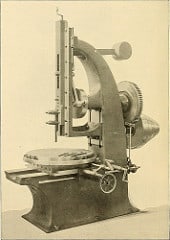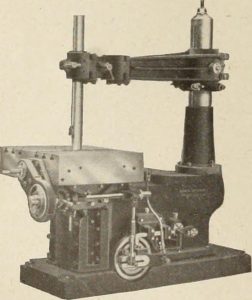
We all probably know Fred’s fight against the use of “MTBF” as a default measure of reliability.
And I concur. “MTBF” offers the least insight to product reliability. It offers little to the user in terms of realizing the benefits of reliability.
However, we all would like to see products that deliver more appealing benefits; and reliability is a key factor. But reliability is only part of the equation.
Technical performance is important.
So is price. So is appearance. So is delivery. So is the customer: different customers may see the world differently. And so may your competitors.
So, we can’t all adopt the same measurement for reliability. [Read more…]
 Ask a question or send along a comment.
Please login to view and use the contact form.
Ask a question or send along a comment.
Please login to view and use the contact form.



 Math, Statistics, and Engineering
Math, Statistics, and Engineering








 Are the Measures Failure Rate and Probability of Failure Different?
Are the Measures Failure Rate and Probability of Failure Different?